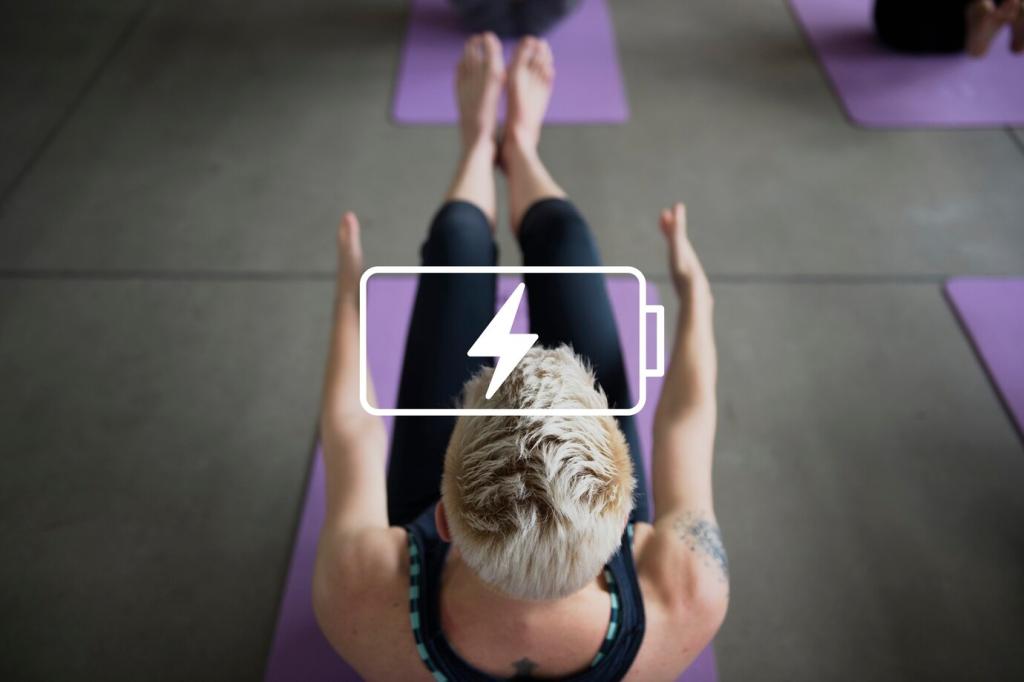Poses That Release Tension
Knees wide, big toes together, forehead supported on a block or pillow. The gentle pressure on the brow can quiet mental chatter while back muscles unwind. Add a slow exhale to deepen softness. If you feel calmer after three minutes, tell us what support under your head felt best.
Poses That Release Tension
Scoot your hips near a wall, extend your legs upward, and rest your arms comfortably. Many notice lighter legs, calmer breath, and a quieter heartbeat. Five to ten minutes can transform late-day fatigue into steadier focus. Share whether you prefer socks, a blanket, or music during this restorative pause.






